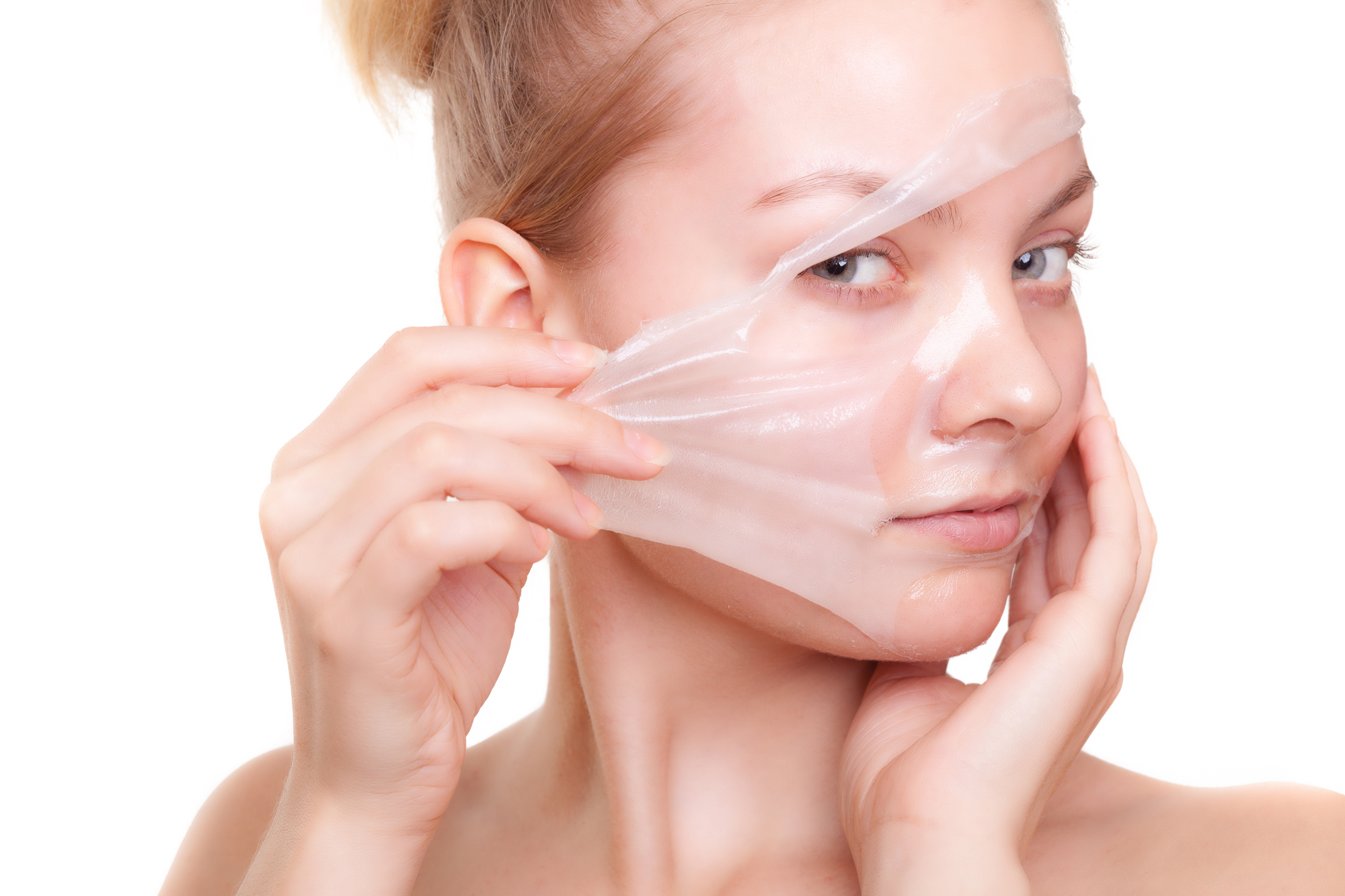Chemical peels are a popular cosmetic treatment that can rejuvenate and improve the appearance of the skin. They involve applying a chemical solution to the skin, which causes the top layers of skin to peel off, revealing smoother, younger-looking skin underneath. In this article, we will explore what chemical peels are, how they work, and the benefits and risks of this cosmetic treatment.
What Are Chemical Peels?
Chemical peels are a type of cosmetic treatment that involves the use of a chemical solution to exfoliate the skin. The solution is applied to the skin, and it works by dissolving the top layers of dead skin cells, which can help to reduce the appearance of fine lines and wrinkles, sun damage, acne scars, and other skin imperfections. Chemical peels can be used on the face, neck, hands, and other areas of the body.
There are three main types of chemical peels: superficial, medium, and deep. Superficial peels are the mildest type and are used to treat minor skin imperfections such as acne, fine lines, and uneven skin tone. Medium peels are more intensive and are used to treat moderate skin imperfections such as deeper wrinkles and sun damage. Deep peels are the most intensive type and are used to treat severe skin imperfections such as deep scars and wrinkles.
How Do Chemical Peels Work?
Chemical peels work by exfoliating the top layers of dead skin cells, which can help to reveal smoother, younger-looking skin underneath. The chemical solution used in the peel can also stimulate the production of collagen and elastin, which are proteins that help to keep the skin firm and elastic.
The type of chemical solution used in the peel will depend on the type and severity of the skin imperfections being treated. Common types of chemical solutions used in chemical peels include alpha-hydroxy acids (AHAs), beta-hydroxy acids (BHAs), and trichloroacetic acid (TCA).
AHAs are a group of acids that are derived from fruits and milk. They work by dissolving the bonds between the dead skin cells, which can help to improve the texture and tone of the skin. AHAs are commonly used in superficial and medium-depth peels.
BHAs are a type of acid that is derived from salicylic acid. They work by penetrating deep into the pores and exfoliating the skin from within. BHAs are commonly used in peels for the treatment of acne and other skin imperfections.
TCA is a strong acid that is commonly used in medium-depth and deep peels. It works by penetrating deep into the skin and causing the top layers of skin to peel off, revealing smoother, younger-looking skin underneath. TCA peels are often used to treat more severe skin imperfections such as deep wrinkles and scars.
Benefits of Chemical Peels
Chemical peels offer a number of benefits for the skin. Some of the most common benefits include:
- Improved Skin Texture and Tone – Chemical peels can help to improve the texture and tone of the skin, leaving it smoother and more even.
- Reduced Fine Lines and Wrinkles – Chemical peels can help to reduce the appearance of fine lines and wrinkles, leaving the skin looking more youthful.
- Reduced Acne and Acne Scarring – Chemical peels can help to reduce the appearance of acne and acne scarring, leaving the skin clearer and smoother.
- Improved Skin Pigmentation – Chemical peels can help to improve skin pigmentation issues such as age spots and sun damage, leaving the skin looking brighter and more radiant.
- Stimulated Collagen and Elastin Production – Chemical peels can help to stimulate the production of collagen and elastin, which are proteins that help to keep the skin firm and elastic. This can lead to a more youthful appearance overall.
- Risks and Considerations
- While chemical peels can offer many benefits for the skin, they are not without risks and considerations. Some of the potential risks and considerations include:
- Skin Irritation – The chemical solution used in the peel can cause skin irritation, redness, and swelling. This is typically temporary and will subside within a few days.
- Hyperpigmentation – Chemical peels can cause hyperpigmentation, which is a darkening of the skin. This is more common in individuals with darker skin tones and can be permanent in some cases.
- Infection – There is a risk of infection with any cosmetic treatment that involves the use of needles or other instruments. It is important to choose a reputable and experienced provider to minimize this risk.
- Sun Sensitivity – After a chemical peel, the skin may be more sensitive to the sun. It is important to protect the skin from the sun by using a broad-spectrum sunscreen and avoiding prolonged sun exposure.
It is important to discuss the potential risks and considerations of chemical peels with a qualified provider before undergoing treatment.
Conclusion
Chemical peels are a popular cosmetic treatment that can help to rejuvenate and improve the appearance of the skin. They work by exfoliating the top layers of dead skin cells and stimulating collagen and elastin production. Chemical peels can offer many benefits for the skin, including improved texture and tone, reduced fine lines and wrinkles, and reduced acne and acne scarring. However, they are not without risks and considerations, and it is important to discuss these with a qualified provider before undergoing treatment.




